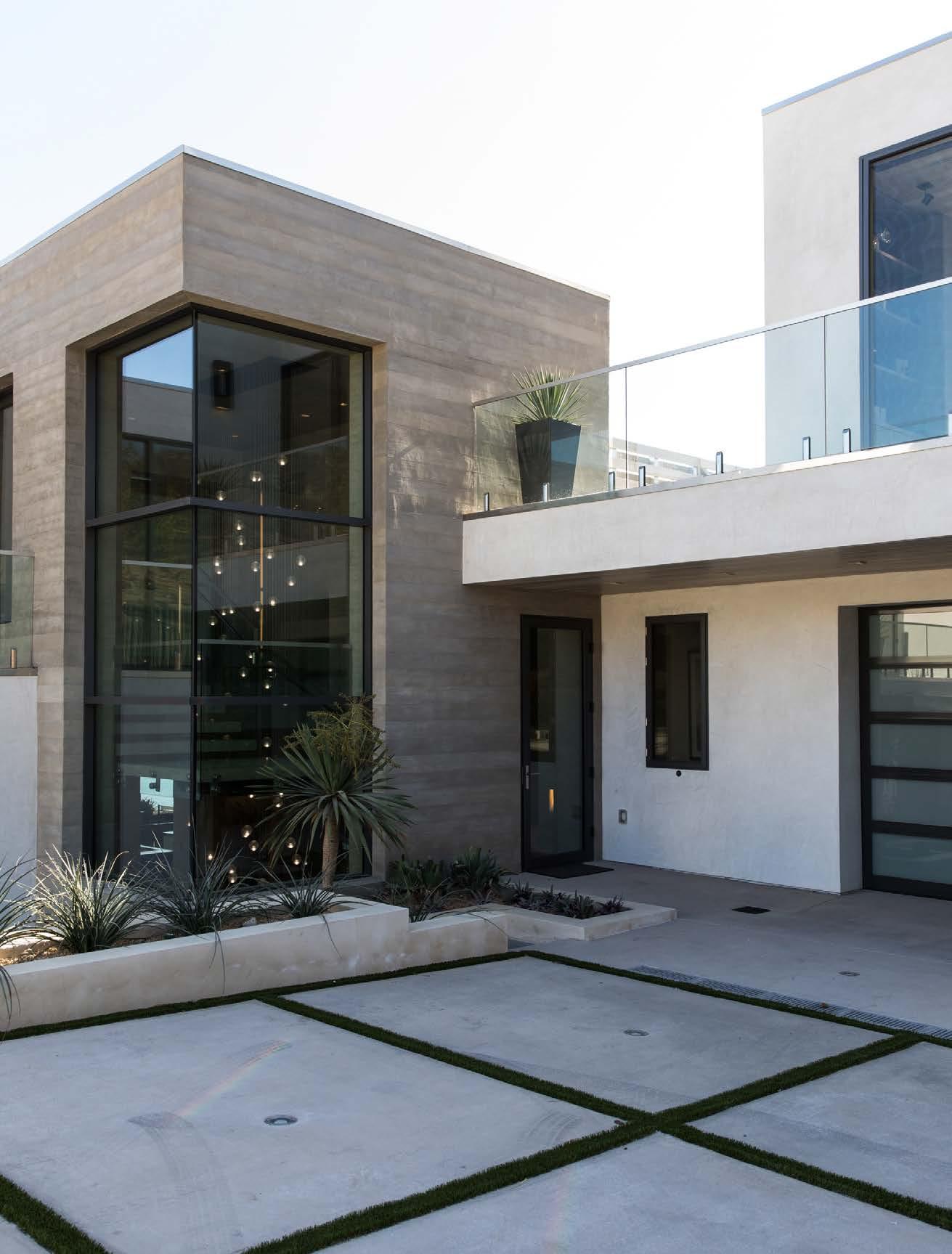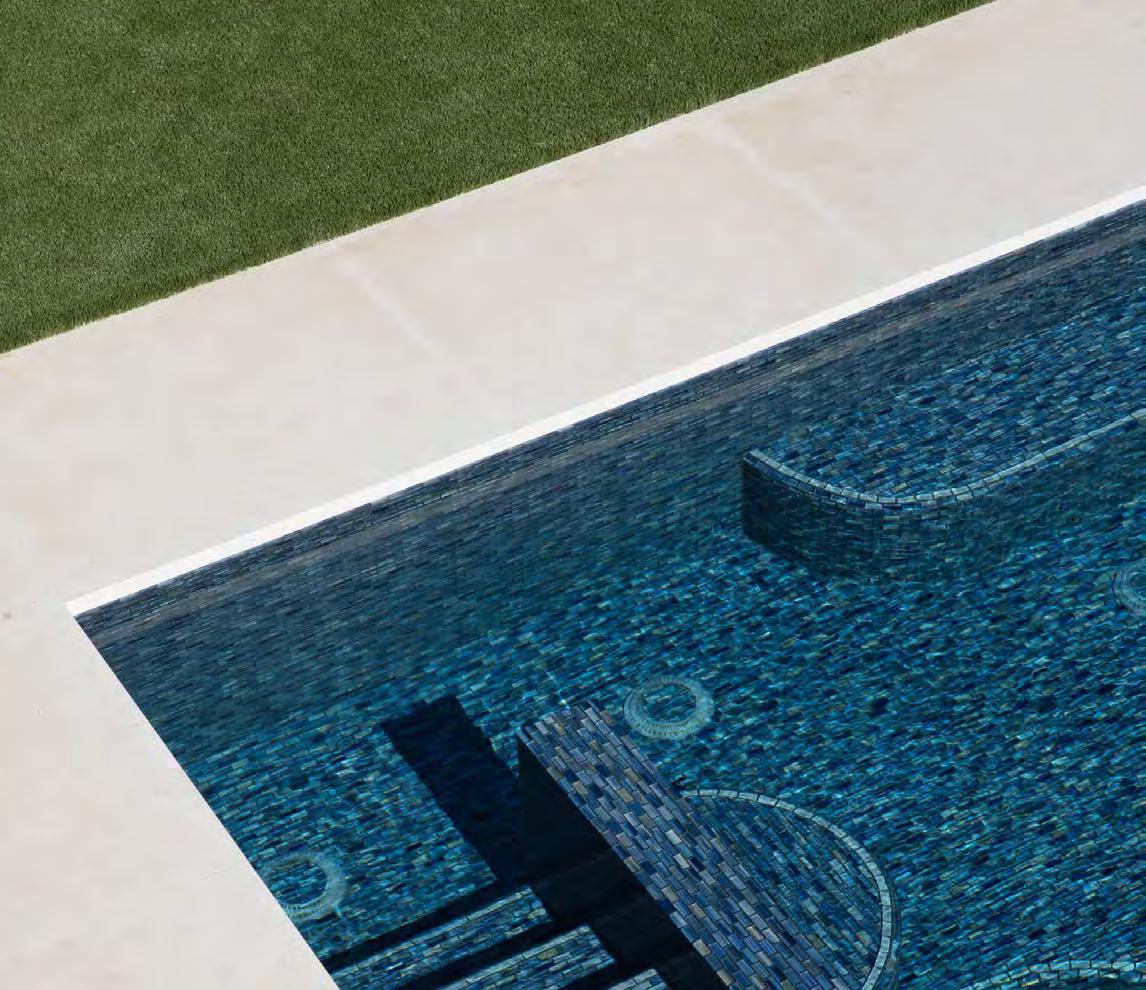
2 minute read
Coastal Modern in Malibu
Doug Burdge and his firm, Burdge and Associate Architects, have been Malibu mainstays for over 30 years, having built hundreds of homes for Fortune 500 CEOs and Hollywood A-listers. We recently sat down Burdge, and his firm’s newly appointed President, Jennifer Hoppel, to discuss the pandemic’s effect on housing design and the future of architecture.
Based in Malibu, Burdge’s firm has built a reputation for designs that respond to the environmental demands of an area, whether that be hurricanes or wildfires. In fact, Burdge estimates that they have seen an increase of about 25% in business for fire rebuildings, which has encouraged the firm to explore new methods to address these needs. He says they are looking into “different ways to rebuild buildings that don’t burn down [using] better construction methods.” This includes new forays into non-traditional building methods, like a shipping container business (Buhaus), and partnering with Plant Prefab to design prefabricated buildings.
Advertisement
This shift in focus does not mean they have left their roots behind though, as they still build everything from hacienda and traditional designs to modern designs. Hoppel points out that their success lies in Doug’s ability to “create a floor plan and space plan that works with how people live.” This speaks to their collaborative design process with clients, as they distill what appeals to a client by focusing on what they’re drawn to and what they value in their spaces. As Burdge puts it, “I think that every client comes in with an idea of what they want, what they gravitate towards, and we try to take what they say and use that to help us define it.”
This approach has served them well in the pandemic, as buyer’s needs have shifted in the past year. Burdge notes that people now value home offices and spaces for homeschooling, and seek spaces that offer the option of delineating for privacy. This does not mean that the open floor plan
Text Megan Shepherd
Images M. K. Sadler
Project Shown Carbon Beach Terrace House, Malibu, California



is dead though, as people still wish to freely move between spaces like they did before the pandemic, but now there is an emphasis on design solutions that balance the need for separation, like pocket doors (a Burdge firm staple).
As to the future of architecture after the pandemic, Hoppel thinks it will be a continued push towards building carbon neutral structures. In fact, their firm is not only building the first net-zero home in Malibu, but also has three more similar homes in the works. They plan to have the home certified with the International Living Future Institute, making it the first home in California certified net-zero. Moving forward the firm intends to be continually mindful of their environmental impact, building beautiful, sustainable designs built for longevity.
Hoppel put it well: “We’re really trying to show that you can build just as luxurious, just as lavishly as you want, but you can also do so in a sustainable manner, and you don’t have to compromise on high design.”


www.strang.design










